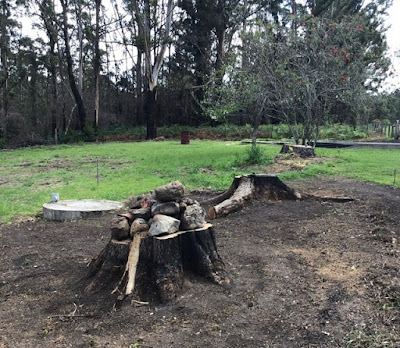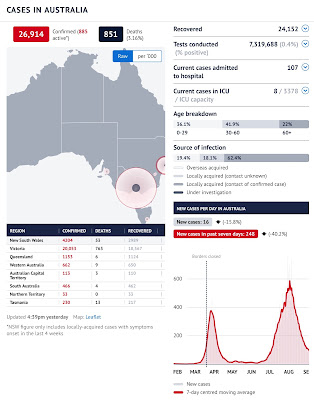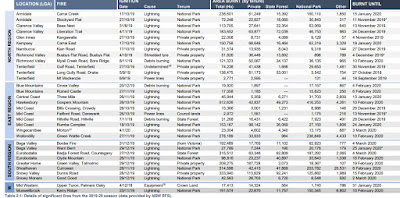Those not lucky enough not to score seats in the stadium for the ceremony sat glued to their TV screens and watched the most amazing spectacle produced and directed by Ric Birch.
The following sixteen days saw Sydney put on a memorable party which won’t be forgotten by anyone who attended. The city has never been so welcoming, friendly and open hearted, not to mentioned so well organized.
Nothing seemed to go wrong. Even the city transport system held up under the strain. Forty seven thousand volunteers ensured everything ran smoothly at all venues.
The NSW government realised that in this sporting mad nation a huge number of people would miss out on getting tickets to events and spent $50 million setting up ‘live sites’ around the city so people could watch events on big screens as they happened.
To say they were well attended is an understatement.
See pic below:
I managed to get two tickets, both morning sessions for preliminary heats at the track and field stadium so got a small taste of the excitement. Sad to say I saw the Australian women’s 4x100m relay team drop the baton on the second exchange and get eliminated in the first round.
First off, being parochial, some of the highlights for Australians were:
Cathy Freeman (400m track), men’s 4x100m and 4x200m freestyle relay swimmers, swimmer Ian Thorpe plus the women’s field hockey and water polo teams. More pics
hereThen of course from other countries, Marion Jones who was the biggest American star of the Games. However she would be stripped of all five of her medals, including golds in the 100m, 200m and 4x400m relay, after a 2007 admission that she used performance-enhancing drugs leading up to Sydney.
Norway upset the reigning Olympic and World Cup champion USA 3-2 with a sudden-death goal in the 102nd minute.
USA’s Michael Johnson won his final individual Olympic race (men’s 400m), the last of four Olympic gold medals over three consecutive Games.
Great Britain's Steve Redgrave won his fifth consecutive Olympic gold medal for the coxless four rowing.
And on more personal levels, Equatorial Guinea’s Eric Moussambani, a wild card, swam alone in the first heat of the 100m freestyle, struggling to complete the distance, eventually touching the wall in 1:52.72, the slowest time in Olympic history and becoming known forever as
Eric the Eel.As the founder of the modern Olympics, Baron Pierre de Coubertin, said "The most important thing in the Olympic Games is not winning but taking part; the essential thing in life is not conquering but fighting well."
Then there was Australian race walker Jane Saville who, a hundred meters out from walking across the finish line first, suffered heartbreak when disqualified from the 20km race. She had however been warned twice before for an illegal gait.
So for us locals it was little wonder that when the then IOC president Juan Antonio Samaranch declared Sydney "the best Games ever," there was no argument.
Sadly because of COVID-19 the 2020 Tokyo Olympics have been postponed until next year.
Us sporting nuts can only hope that they will come to fruition.
Update:
They turned on the relocated Olympic cauldron, now outside the stadium, for the day.
Nice touch.














































